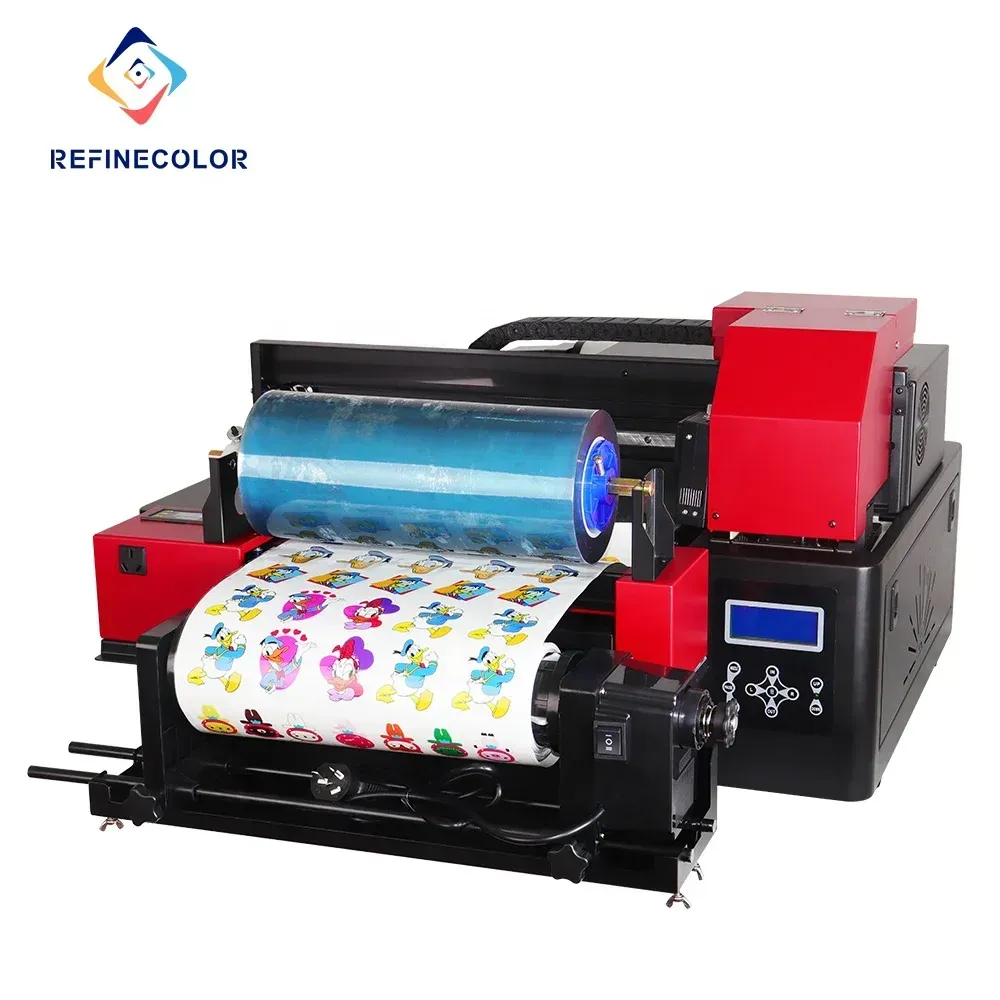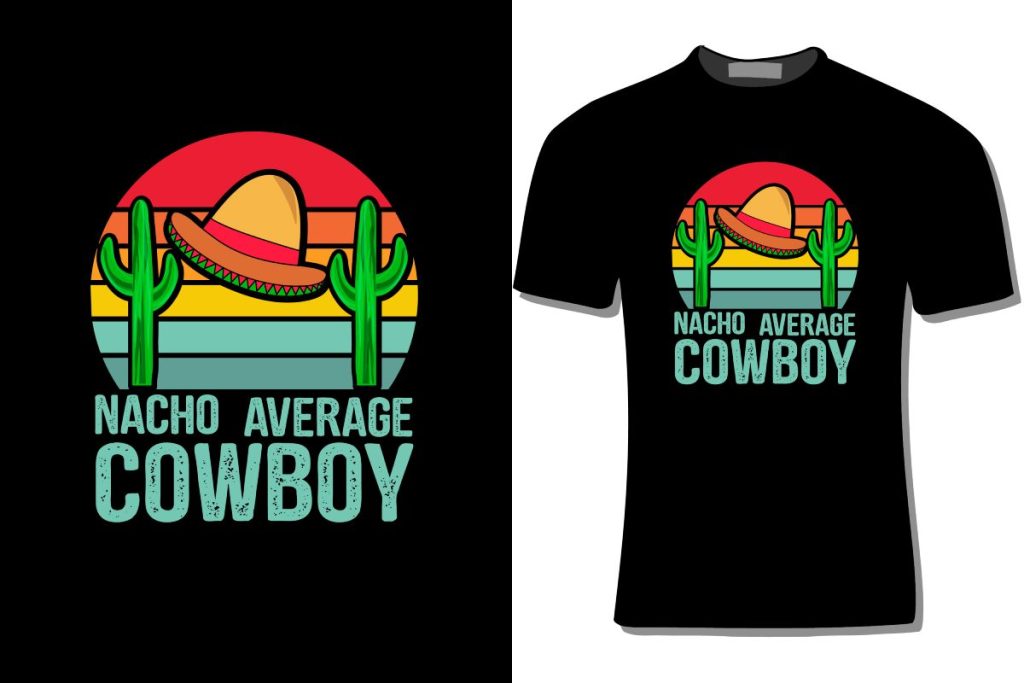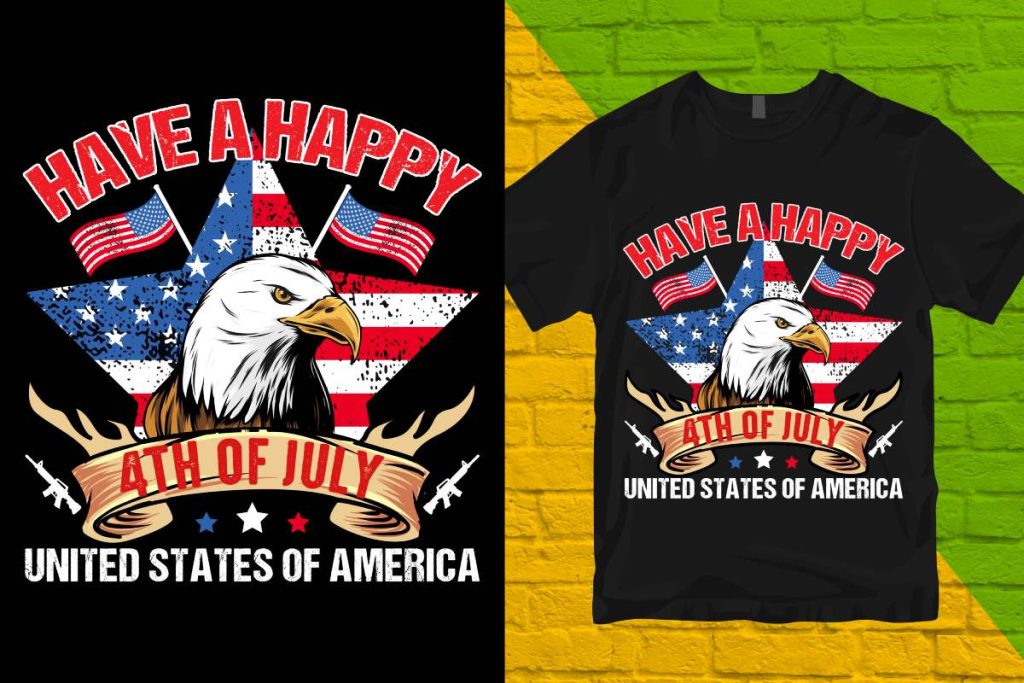In the fast-evolving world of printing technology, the UV DTF printer emerges as a game changer for both professionals and hobbyists alike. This innovative printing method combines the best of UV printing and Direct-to-Film (DTF) technology, enabling users to create stunning, high-resolution prints across a vast array of materials. As businesses seek to elevate their branding and product offerings, understanding the benefits and capabilities of UV DTF printers becomes essential. This guide aims to demystify the selection process by highlighting key features such as print quality, speed, and material compatibility, ensuring you feel confident in your choice. Whether you’re a seasoned printer or just venturing into this creative realm, the right UV DTF printer can significantly enhance your printing ventures.
Exploring the landscape of DTF and UV printing unveils a wealth of opportunities for customization and creativity. The integration of ultraviolet technology into direct-to-film processes provides a unique approach to transfer printing, ensuring vibrant results on numerous surfaces. As more enthusiasts and businesses delve into this printing method, understanding its nuances, including reliability and user experience, becomes crucial in making an informed purchase. By examining factors like print precision and operational costs, potential buyers can easily navigate towards selecting the best printers for their needs. Ultimately, embracing this advanced printing technology leads to enhanced productivity and artistic expression, crucial for today’s competitive market.
Introduction to UV DTF Printing Technology
UV DTF (Direct-to-Film) printing is a cutting-edge method that combines the benefits of UV printing with the versatility of DTF technology, revolutionizing how businesses approach printing. This innovative process utilizes ultraviolet light to cure inks instantly, allowing for superior detail and vibrant colors across a range of substrates. From textiles to plastic and metal, UV DTF printing is pushing the boundaries of traditional printing methods, making it ideal for both small-scale artisans and large manufacturing operations.
As the demand for high-quality prints continues to surge, understanding the fundamentals of UV DTF printing becomes essential. This technique not only enhances productivity but also ensures consistency in print quality, giving users a competitive edge in a crowded market. By investing in the right UV DTF printer, businesses can capitalize on new opportunities and deliver top-notch products that cater to various clientele.
Key Features to Look for in UV DTF Printers
When selecting a UV DTF printer, several features are essential to ensure you make the right choice. One of the primary factors is print quality, which is influenced by the printer’s resolution. Look for models that support at least 1200 dpi, as this will significantly impact the detail and vibrancy of your prints. Additionally, examine the printer’s color gamut capabilities. A wide spectrum of colors is vital for achieving true-to-life representations, especially when working with intricate designs that demand precise color matches.
Another critical feature is the speed of the printer. For businesses reliant on high-volume production, selecting a printer that offers a competitive speed measured in square feet per hour can enhance workflow efficiency. Moreover, consider the material compatibility as well. A printer that accommodates a diverse range of substrates allows you to leverage various printing projects, ensuring your investment is utilized to its fullest potential.
Understanding the Cost of Ownership
The initial purchase price of a UV DTF printer is just the beginning; businesses must also consider the total cost of ownership. This includes maintenance, consumables, and potential upgrades, which can add up over time. When evaluating options, inquire about ongoing costs such as ink prices and replacement parts. Selecting a printer with readily available and affordable inks can help minimize expenses in the long run, making it a financially sensible choice.
Additionally, it’s crucial to factor in the operational efficiency of the printer. Some models may offer a lower upfront cost but incur higher operational costs due to inefficiencies or the need for frequent maintenance. Conducting thorough research and considering long-term implications plays a critical role in choosing a printer that balances initial affordability with lasting value.
The Role of User-Friendly Features
A user-friendly interface is paramount when selecting a UV DTF printer, especially for businesses that prioritize efficiency. Printers equipped with intuitive software and automation capabilities can significantly streamline the workflow, saving time and reducing errors. Many modern UV DTF printers come with built-in features that simplify the printing process, allowing users to focus on creativity and production rather than troubleshooting complex settings.
Moreover, training and support options can vary by brand and model. Opting for a printer that offers comprehensive user guides or dedicated customer support can enhance the overall experience. Look for models that are widely documented with tutorials and user feedback, as this can provide invaluable assistance for both novice and experienced users alike.
Customer Support and Warranty Considerations
When investing in a UV DTF printer, the level of customer support and warranty provided by the manufacturer can greatly influence your purchasing decision. Opting for a recognized brand with strong post-purchase support can alleviate many headaches associated with technical issues or maintenance concerns. Look for companies that offer robust customer service solutions, including technical support representatives, online resources, and community forums to assist users.
Additionally, a solid warranty ensures peace of mind, protecting your investment against malfunctions or defects. A longer warranty period often indicates the manufacturer’s confidence in their product’s durability and performance. Be sure to review the terms of the warranty, including what parts or services are covered, as this can save you considerable costs should issues arise.
Staying Updated on Trends in UV DTF Printing
The UV DTF printing landscape is evolving rapidly, with continuous advancements that enhance print quality and operational efficiency. Keeping abreast of trends such as new ink formulations, technology for faster drying times, or improvements in printer design can help businesses stay ahead of the competition. Innovations in eco-friendly printing solutions are also trending, as consumers increasingly seek sustainable options that minimize environmental impact.
Following industry publications and participating in trade shows allows businesses to connect with manufacturers and peers, providing insights into the latest products and technologies. These connections can foster knowledge-sharing that proves invaluable when deciding on the best UV DTF printer for your unique business needs. Staying informed positions your company to adapt swiftly to market changes and consumer preferences.
Frequently Asked Questions
What makes UV DTF printing technology stand out compared to traditional printing methods?
UV DTF printing technology stands out due to its ability to cure inks instantly using ultraviolet light, resulting in high-quality prints with vibrant colors on a variety of materials. This method is versatile, allowing for printing on textiles, plastics, and metals, making it ideal for diverse applications.
How do I select the best UV DTF printer for high-quality prints?
To select the best UV DTF printer, look for models that offer high-resolution capabilities, ideally at least 1200 dpi, and a wide color gamut for vibrant prints. Additionally, consider factors like printing speed, material compatibility, and ease of use to meet your specific printing needs.
What factors should I consider regarding the cost of ownership for a UV DTF printer?
When evaluating the cost of ownership for a UV DTF printer, factor in the initial purchase price along with long-term operational costs such as ink prices and maintenance. Opt for printers that have affordable consumables to minimize your overall expenses.
Can a UV DTF printer handle various substrates and materials?
Yes, UV DTF printers are designed to handle various substrates including textiles, plastics, and even metals. When selecting a printer, ensure it supports the materials you intend to use for your printing projects to maximize versatility.
What are the latest advancements in UV DTF printing technology?
Recent advancements in UV DTF printing technology include improved curing systems for better ink adhesion and a focus on sustainability with eco-friendly inks. These innovations enhance the quality and expand the range of applications for UV DTF printers.
How important is user support and warranty when choosing a UV DTF printer?
User support and warranty are crucial when selecting a UV DTF printer. Opt for brands that provide robust customer service and comprehensive warranties, ensuring you receive assistance and peace of mind with your investment.
| Key Considerations | Details |
|---|---|
| Print Quality | Resolution: Seek printers that produce at least 1200 dpi for vibrant colors and finer details. Color Gamut: Look for broad color spectrum capabilities. |
| Printing Speed | Measured in square feet per hour; choose models that meet your output demands. |
| Material Compatibility | Ensure support for various substrates like fabrics, plastics, and metals. |
| Cost of Ownership | Consider both initial costs and long-term operational costs, including maintenance and ink prices. |
| Ease of Use | Look for user-friendly interfaces and automation features. |
| Support and Warranty | Choose brands that offer strong customer support and warranties. |
| User Reviews | Engage with reviews and recommendations from industry users. |
Summary
The UV DTF printer is an innovative solution that elevates print quality through advanced technology. When choosing the right UV DTF printer, understanding its features is essential to ensure it aligns with your printing needs. Key factors like print quality, speed, and material compatibility play significant roles in your selection process. Moreover, considering the cost of ownership and ease of use can save you time and resources in the long run. Staying updated with technological developments will not only enhance your printing capabilities but also support sustainable practices. By carefully evaluating these aspects, you can confidently invest in a UV DTF printer that meets your requirements and empowers your creative projects.



